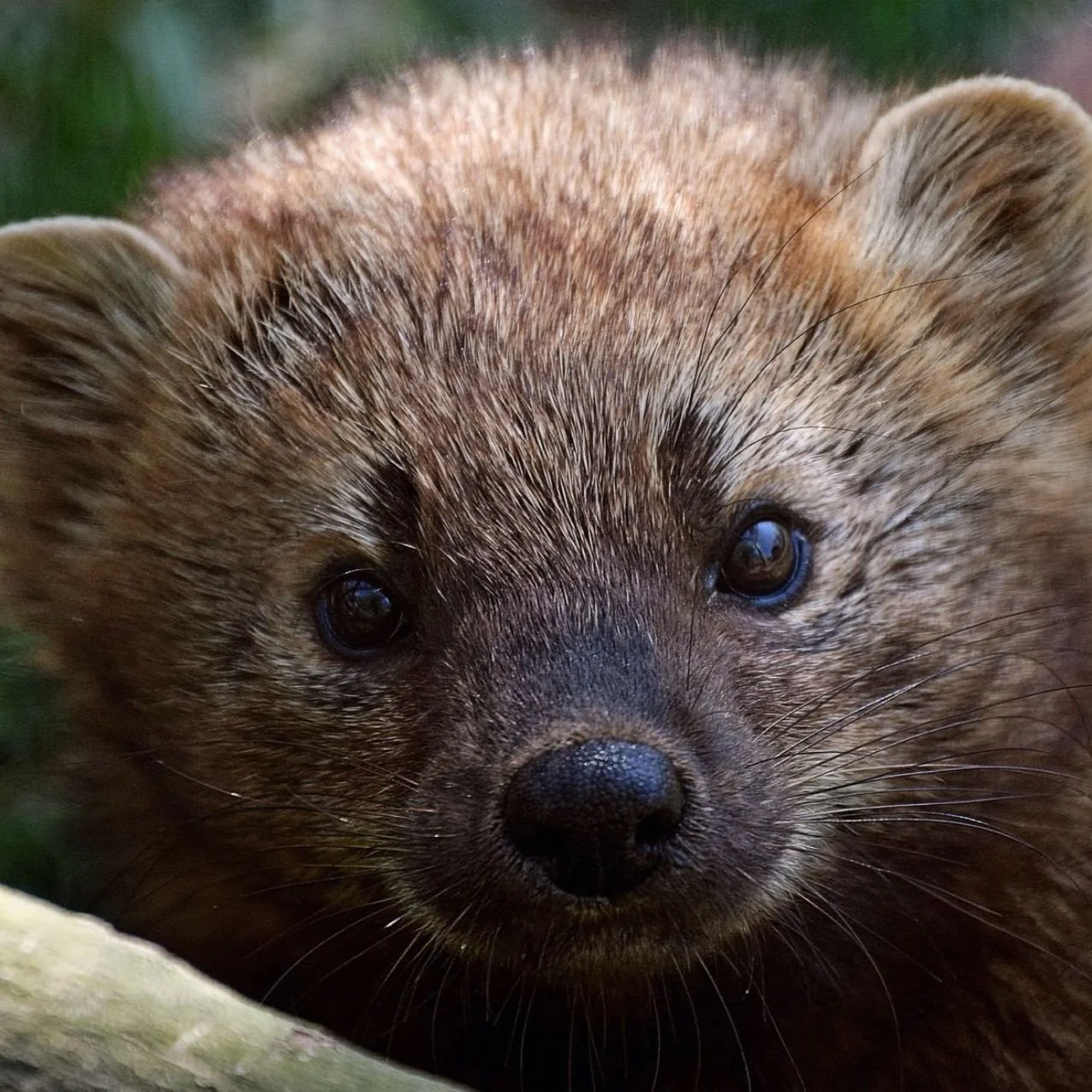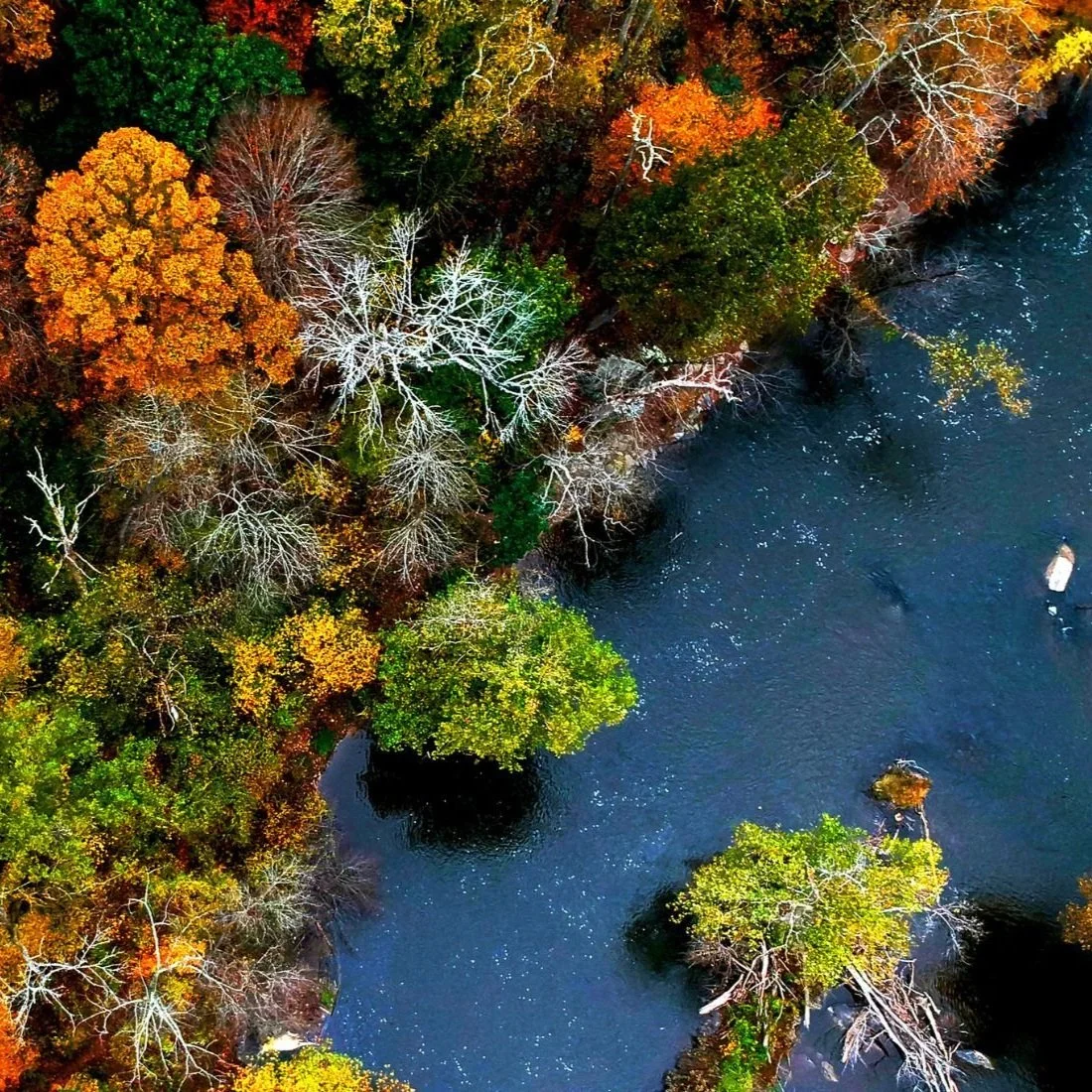7 creepy critters that lurk in and around the Potomac River
/Check out some spooky local animals this Halloween season!
photo Courtesy of judy gallagher via flickr (CC BY 2.0)
The Potomac River’s ecologically rich habitat is home to over a thousand species of animals, and some of the coolest ones around are also the creepiest. 👻
This Halloween, conquer your fears by learning about some of the scariest creatures in the Potomac River region!
Bristleworm (Polychaeta)
photo by ria tan via flickr (CC BY-NC-ND 2.0)
Straight out of your nightmares, these creepy crawlies can often be found in shallow waters and along shorelines of the Chesapeake Bay and its tributaries. Over 100 species of bristle worm have been documented throughout the Bay, including one type called the bloodworm.
Relatives of the earthworms and leeches, bristle worm have long segmented bodies, with each segment containing a hair-like growth called a parapodia.
Not for the faint of heart: if you dare to pick one up, don’t be surprised if the worm breaks apart in your hands — bristle worm are often extremely delicate. But don’t worry, these leggy creatures can regrow their lost body parts!
Indiana bat (Myotis sodalis)
photo by USFWS/Ann Froschauer via flickr (CC BY 2.0)
They may not be blood-sucking vampires, but walking into a dark cave or mine-shaft to find a colony of up to 50,000 bats is pretty creepy. What’s scarier is that the Indiana bat has been endangered since 1967.
Initially their population declined due to human disturbance of hibernating bats in their winter caves. Today, the species — which is found throughout the eastern United States — are further threatened by commercialization of their caves, loss of their wooded summer habitat, pesticides, water contaminants, and white nose syndrome.
How teeny-tiny are Indiana bats? On average, they weigh only one quarter of an ounce, or the weight of three pennies! Even better, since the only treats they’re interested in are insects, we can thank these critters for helping to keep the mosquito population under control.
Bold jumper (Phidippus audax)
photo by katja schulz via flickr (CC BY 2.0)
Great. Jumping spiders not only exist, but they also have to be named BOLD?! Why in the name of arachnophobia do these guys have to jump?
Okay, this is more of an acrobatic trick, but these eight-legged friends jump to capture their prey. If one happens to land on you by mistake, don’t worry. A bite will only mildly irritate a human. If you’re worried about the prospect of bold jumpers using your house like their personal trampoline, check for and block holes or major access points through which a spider could slide.
Once you realize that the bold jumper is non-aggressive and not a threat, you’ll realize that it’s pretty cool to look at (as well as being free pest-control). Its orange and iridescent teal markings make it an excellent photography subject!
Atlantic sturgeon (Acipenser oxyrinchus oxyrinchus)
photo by Virginia Sea Grant via flickr (CC BY-ND 2.0)
There are not too many creatures that can say they outlived the DINOSAURS, but sturgeons are one of them. Mother Nature’s ultimate magic trick!
Despite looking like a frail skeleton with whiskers, these fish have staying power. They were swimming in our oceans 120 million years ago and still do today. Sadly, our Darwinian heroes do not receive the respect they deserve. Due to overfishing and pollution in the Chesapeake Bay, sturgeons are endangered, meaning fewer of them are swimming upstream to the Potomac River to spawn.
But wait! Are sturgeons returning to our waters decades after disappearing?
While none have been spotted in the Potomac yet, sturgeons have recently been making a bit of a comeback in other Chesapeake Bay tributaries. They’ve been spawning and successfully reproducing in the James River, the Pamunkey River, and Marshyhope Creek on the Nanticoke River. Spread the word about their conservation and soon this 170-million-year-old species may be back in our hometown river!
Eastern copperhead (Agkistrodon contortrix)
photo by smashtonlee05 via flickr (CC BY 2.0)
Walking through the woods on a summer day requires extra focus to make sure you do not accidentally crush a “Death Adder” underfoot. Thankfully they’ll be hibernating soon — they hide themselves away to sleep from October until early March. But, when active, these guys are social, climb trees, swim, and blend in with their surroundings.
Copperheads are venomous. Yes, that’s terrifying. But they (and our region’s other venomous snake, the timber rattlesnake) are more scared of you than you are of them, so with a little extra caution, you’ll be safe. Here’s what to do if you encounter one on a hike.
Though the fact that copperheads are skilled hunters is a bit frightening, what makes them such precise predators is quite cool. Like other snakes in the “pit viper” group, copperheads have heat sensory pits on either side of their head (between their eye and nostril) that allow them to detect minute temperature differences in their surroundings. That means that they can accurately strike a prey animal just by sensing its body heat.
Muskellunge (Esox masquinongy)
photo by NYS dec via flickr (CC BY-NC-ND 2.0)
Muskellunge, or muskies, are truly terrifying freshwater predators. They lurk in the shadows to ambush their prey (swallowing it headfirst!), which range from nearly any fish to insects, frogs, and even ducks. These monstrous fish can grow up to 50 inches long and live up to 15 years in the Potomac River.
However scary they seem, muskies’ biggest fear is us! This species has become a popular sportfish for anglers. Muskellunge are not native to Maryland, though no one knows how the fish was introduced to nontidal Potomac River.
Zombie crab (Loxothylacus panopaei)
Photo by will parson / chesapeake bay program
These poor brainwashed crabs are victims of an invasive barnacle called Loxothylacus panopaei, a mind-controlling parasite that infects mud crabs. Originating from the Gulf of Mexico and the Caribbean, this parasitic barnacle is a harmful species living in Chesapeake waters.
The parasite grows roots inside the crab along its nervous system, allowing it to hijack the host’s body. Eventually, these root-like structures burst through the crab’s abdomen and are used for the barnacle’s reproduction. Sounds like a scene straight out of a horror movie!






















